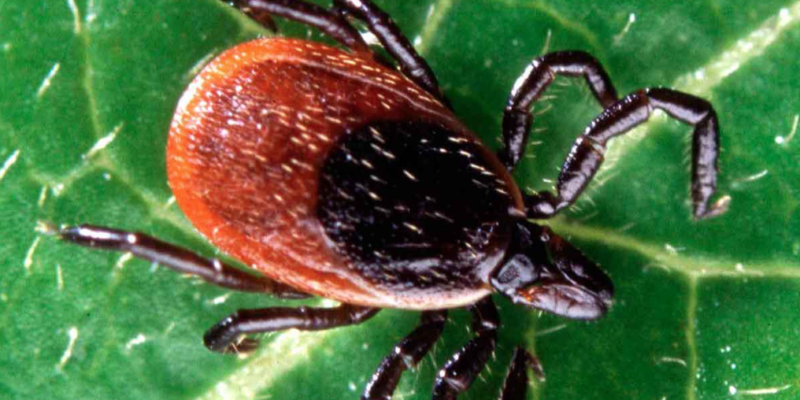Tick-borne diseases are an emerging health problem. In fact, the number of people getting diseases from ticks, mosquito and fleas, is on the rise. In Fairfield County, the Connecticut Department of Public Health is advising its residents to take added tick prevention measures, at home and at work, to avoid the tick-borne Lyme disease.
The best defense is to manage risk. Currently, no vaccines are available in the U.S. against any tick-borne disease so landscape adjustments and the use of integrated pest management are among the most effective ways to reduce exposure, especially on commercial properties featuring high grass, brushy or wooded areas, and areas adjacent to ornamental plantings, walls, and walking trails.
ELM recommends the following tick control measures:
- Increase buffer zones to increase sunlight, reduce tick habitat, and discourage rodent hosts.
- Create clean and clearly defined borders between planted areas, beds, and lawns.
- Cut back wood and brush lines to protect pedestrians from brushing up against vegetation.
- Introduce mulch or gravel barriers between wooded areas and lawns.
- Clear brush, debris and leaf litter, especially along edges of walls, driveways, and lawns.
- Add hardscape, such as stone, tile, and gravel paths to increase tick safe buffer zones.
- Manage or remove invasive plant species that provide habitat for ticks carrying Lyme disease.
- Keep lawn areas mowed.
- Discourage foraging deer by introducing deer-resistant annuals, perennials, shrubs and trees.
- Apply deer repellents to limit deer feeding territory.
- Use a safe and sustainable integrated pest management (IPM) program that uses either organic or insecticidal methods to reduce risk, and monitor and control disease-bearing insect populations during summer’s warmer months.
For more information on ELM’s pest, tick, mosquito and flea-management program, contact Vice President, Operations, Bruce Moore, Jr. at 203-316-5433.
Photo: Adult black legged (deer) tick.

